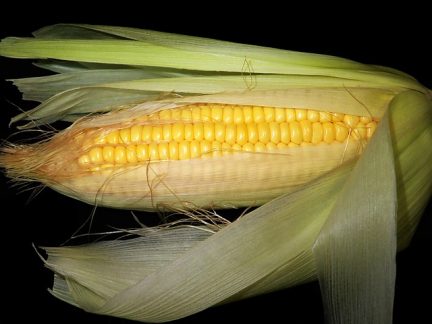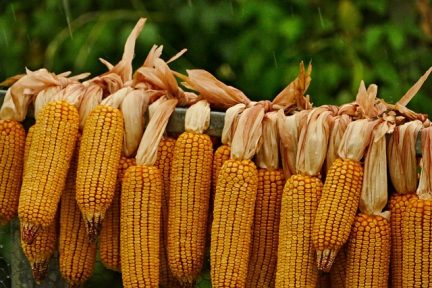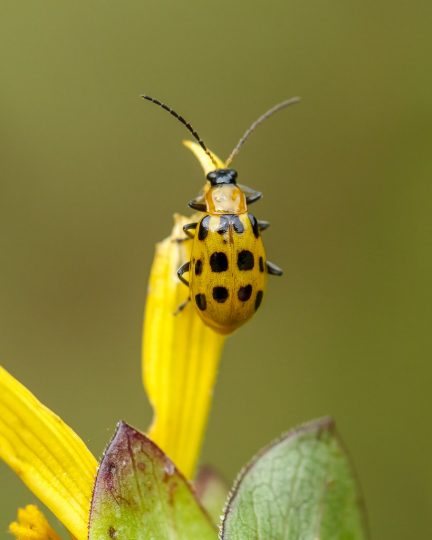Corn
Importance of Corn to Oregon
Sweet corn was the 19th commodity on Oregon’s Top 20 Commodity List in 2020. The monetary value of sweet corn was $41 million. There are two different kinds of corn that are grown in Oregon, one of which is used as a grain in things like livestock feed and the other is Sweet Corn which is what you and I see in the grocery store. The record amount of sweet corn produced in Oregon is 452,330 tons in 1995!1
History of Corn
Corn originated in the Americas and has since become one of the most widely spread crops of all of the world’s food crops. Early farmers domesticated corn 10,000 years ago in modern-day Mexico. The original plant that was domesticated is known as teosinte, the ancestor of modern-day corn. The corn grown today does not look anything like its ancestor from 10,000 years ago. The size of corn cobs now is 1000 times larger than the original plant.
Corn is used for a variety of different products like high fructose corn syrup, livestock feed and human consumption.
Corn Varieties

Sweet Corn
As Native American farmers continued to breed different varieties of plants, they started to notice that some were sweeter than others. Sweet corn is the product of a recessive gene that controls the degree of conversion from starch to sugar.

Field Corn
Field corn does not have the same sweet taste as sweet corn and is instead harvested after it is dried. The hard kernels and high starch content is not as favorable to humans as sweet corn.
Life Cycle of a Corn Stalk
Watch this animated video about the life cycle of a corn stalk!
Corn Harvest
Corn is harvested when the husks start to turn brown and fall off. The ears of corn are firm and the kernels have a creamy white color when they are broken open. Harvesting corn too late will reduce the product quality. Watch the video below to see corn harvested on a commercial level!
The machinery used for harvesting corn depends on the size of the cornfields. Once the corn has finished growing, combines are used to harvest the ears of corn. As the video shows, the combine has row dividers that pick up the corn stalks and separate the stalks from the ears. The combine moves continuously through the fields and the stalks are picked up the entire time. The ears are kept on a conveyor belt and the stalks are dropped back on the ground.
Pests and Diseases

Root Worm
The Corn seed root worm feeds on corn silk which impacts the pollination of corn for the next seed yield. Many different kinds of chemical insecticides can be used to manage this worm. When applying any kind of pesticide or insecticide you must research what other insects could be harmed by the use of the chemical.
Common Rust
Common rust is a fungus that occurs every growing season. A variety of corn that is not affected by this fungus is hybrid corn. Common rust appears as red flecks on the actual corn leaf surface. The leaf will turn yellow and will eventually die if the rust appears. As the leaf continues to grow the red spots turn black. This fungus can affect the husks, leaves, and stalks. This fungus can be transported by wind.
Uses for Corn
Vocabulary Terms
Cob
The core of the corn plant on which the kernels of corn are arranged.
Domesticated
The change that happens in wild animals or plants, when they are kept by humans for a long time.
Ear
The entire cob with the husk still on.
Gene
Characteristics that are transferred from parents to offspring. In this case, the corn gets its characteristics from its parent plants.
Husk
The outer protective covering of an ear of corn.
Insecticides
A substance used for killing insects.
Kernel
The seeds of the corn plant. This is what you eat on the cob or pop for popcorn!
Pesticide
Substance used for killing insects or other organisms harmful to plants or animals.
Stalk
The tall green plants that corn grows on.
Tesostine
Parent plants of modern corn.
Related Resources
1 Oregon Department of Agriculture, “Oregon Agriculture Statistics 2021,” October 2021, https://www.oregon.gov/ODA/shared/Documents/Publications/Administration/ORAgFactsFigures.pdf.
